Welcome to my Personal Research
“I am Lluís Moreu Farran, student of the Bachelor’s Degree in Video Games by UPC at CITM. This content is generated for the second year’s subject Project 2, under supervision of lecturer Ricard Pillosu.”
WHAT IS IT?
- Collaborative document between the whole team, if the group is big, at least the Leads are needed.
- Task list including all the members.
-
Document that it is part of the preproduction phase of game developing.
- Software like Smartsheet and Jira can help to design the agile methodology.
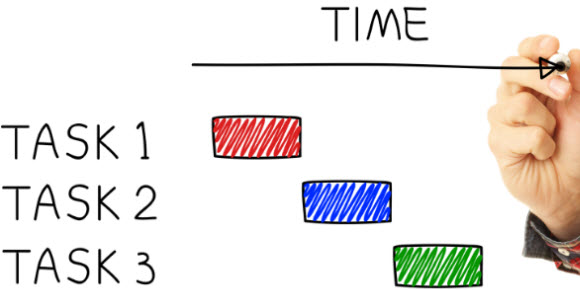
WHY IS IMPORTANT?
- What is the importance of this document?
- Selling the team to investors and as a preproduction document for the development team.
- More difficult to make comparing to other industries because:
- Manteining the Project is difficult, a lot of Products stay halfway.
- Assuring a minimum of copies of the Product are going to sell it is difficult.
- So a lot of research is needed to create it, so the price can be $10,000 per plan.

WHAT IT CONTAINS?
- General Calendar of work
- Risk and contingency list
- Overall Gantt Chart
- Meetings and postmortems
-
Average estimation deviation
- +Executive Summary
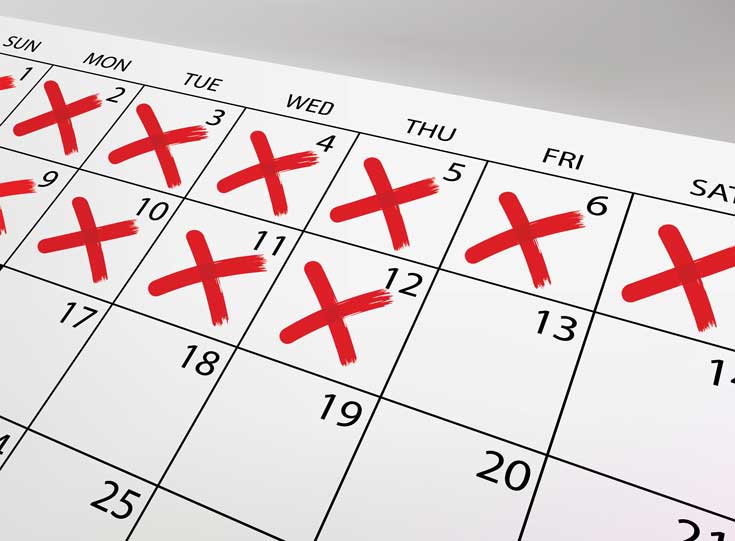
GENERAL CALENDAR OF WORK
- Include every sprint and milestones for each version.
- Keep in mind the main features of the deliveries.
- Who do you need to accomplish the task? Estimation time?
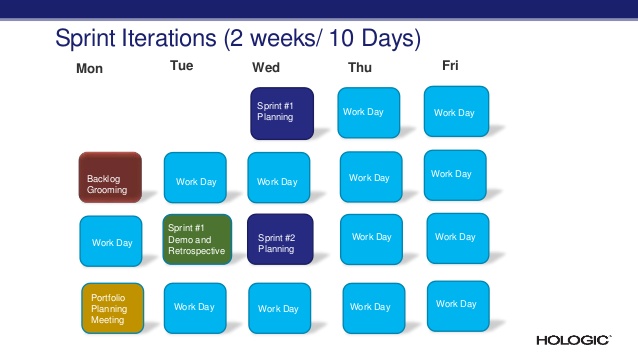
RISK AND CONTINGENCY LIST
- Critical operations -> Threats to those operations
- Make a PLAN B
- Evaluate PROBABILITY to happen and the IMPACT that could cause for each threat.
- Make up with a SOLUTION. Someone in charge?
-
Mantain it! Many things can happen during game developing so some operations and threats can change.
-
It is a good way to try not to delay the plan in a future! And keep the timings.
- A good way to minimize the threats is to break key tasks down to a greater level of detail to give better control.
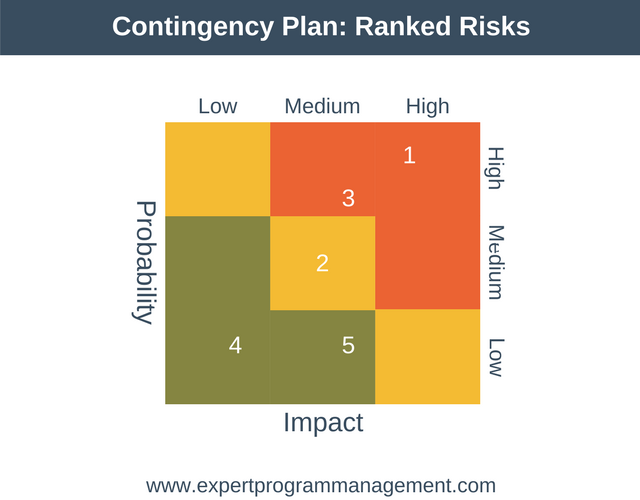
OVERALL GANTT CHART
- Gantt charts are a great way to…
- improve productivity by making a project seem less daunting
- allowing for better timekeeping by pre-designating said time,
- allowing you to focus simply on doing what needs to be done.
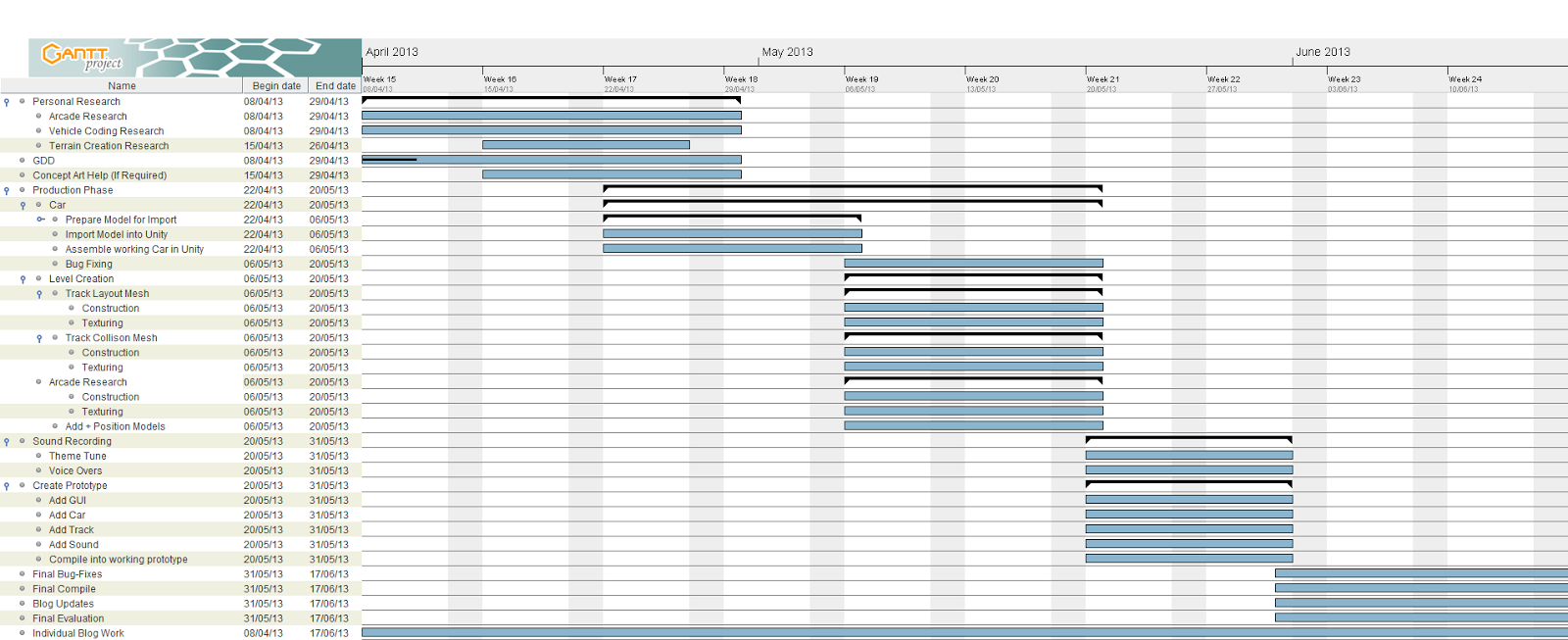
Here is a template of a Gantt Char for your project.
Exercice
To start with this type of chart, you can organize the preproducing phase with this Gantt Chart.
AVERAGE ESTIMATION DEVIATION
- It isn’t a fixed calendar, adjust to reality. Even if you try to follow the calendar, something will happend that will require a change of it.
- Scrum adjusts the Sprint to it. So every Sprint can be a clue for the next one. Postmortems are a good way to adjust.
- Effectiveness doesn’t go with detail. You can do a highly detailed calendar that won’t make the team more effective.
- Schedules often don’t predict many of the problems.
- A good and fast way to resolve it is to talk with the team and help each other.
- To estimate time you can use 3 estimates (optimistic (O), most likely (M), pessimistic (P)) and follow the formula:
Triangular distribution = (O + 4M + P) / 6
POSTMORTEMS
- Make a postmortem at the end of each sprint in order to see
- Stay positive and learning-focused. If things are exposed transparently, you should open your minds in order to learn from them.
- Recap the sprint and the outcome, what have you had to do and what is the result.
- Ask every member few questions (You can follow the ones below).
- Give them the feedback! It is the main objective, know what to do better and do it.
- Also is important to make a weekly meeting to prepare the start of the sprint. As said before, communication is important.
Questions
- Are you proud of our finished deliverables? If yes, what made them great? If no, what was wrong or missing?
- Did we get the results we wanted and did it make impact?
- Which of our methods or processes worked particularly well?
- Which of our methods or processes were difficult or frustrating to use?
- How would you do things differently next time to avoid this frustration?
- What else could we do better next time?
- What was the most gratifying or professionally satisfying part of the project?
EXECUTIVE SUMMARY
- Why is this important?
- This part of the document it’s like the pitch in a Game Design Document.
- 1-2 page summary of all the Product Plan..
-
Reiterate the most crucial points from each section. Don’t be afraid to repeat, investors want that.
- Last paragraph: Funds Sought, this part is important for the investors where you expose the money you need and the money you expect to win.
TO BE CONSIDERED
Kellee Santiago’s 10 steps. I have chosen 5 that are very important for the Project II.
- Assess assets & constraints. “We have to assess the realities of the time space continuum,”. “How long can we go with the money we have? What are our skills, and do we need to supplement them? How much time do we have? What are the major unknowns of the game? The features that have the biggest effect on the final experience. And the more unknown the game design, the easier it needs to be executed upon.”
- Look at the calendar of events. You can sort of use submission to competitions as milestones, as an indie. “For every one of these events, you’re going to need a stable, great-feeling build,”. “It’s weird to think about this at the beginning of your project, but it’ll impact what features you’re working on, and when. You might need a working, stable build in time for the Independent Games Festival competition.”
- What are the biggest unknowns? “Are they critical to the experience?” . “Those are the features you want to start prototyping first.” You need to know how and where they’re going, and whether they’re even worth trying.
- Re-evaluate the schedule regularly. You have to keep having conversations about your schedule and your budget. “It’s always tempting to keep working, and fix all those bugs,”, “but it’ll keep everyone much more sane if you keep evaluating your schedule and budget.”
- Maintain a stable build. “The longer we go without addressing bugs, the harder they are to find, and the more entangled they become,”. Vertical slice sprints can help with that, making sure your build is stable all the time.
SUMMARY
SOURCES
Agile Project Management Software
Scrum and Long Term Project Planning for Video Games
9 Examples of Risk Contingency
Game Design Document and Gantt Chart
Scrum and Long Term Project Planning for Video Games
10 Tips for a Successful Post-Mortem
Writing a Business Plan for Independent Game Ventures
Kellee Santiago’s 10-step video game production plan
CONTACT
Lluís Moreu Farran
lluis.moreu@gmail.com